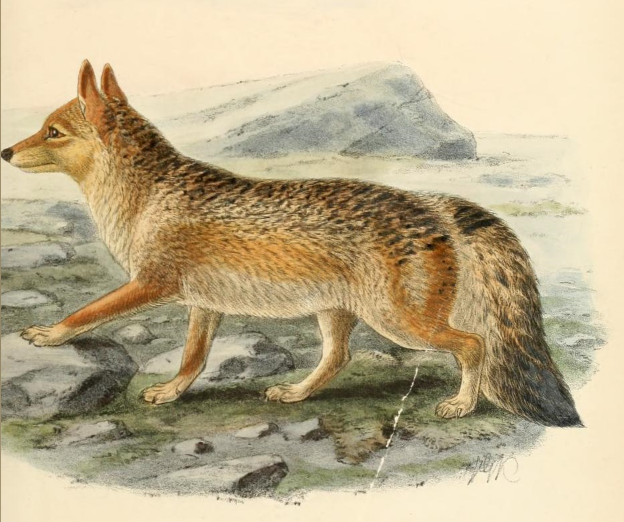Interactions
Kodkods fit into a normal forest food web. They feed on small
rodents, reptiles, birds, and large insects. They fall prey to
larger mammals in the area (pumas and foxes) as well as humans and
domestic dogs (Encyclopedia of Life 2014). Their fur coloration provides great camouflage.
Kodkods are nocturnal when in the proximity of humans, but they are
diurnal in wild areas. They have excellent vision, hearing, and
sense of smell. They communicate by chemical cues, vocalizations,
body postures, and tactile cues.
They are great climbers as well. This allows them to climb trees
when a predator is near or just to take temporary shelter
(Acosta-Jamett et. al 2003).
The males are known to prey on free-ranging chickens and geese.
The locals consider these cats as pests because of that. The cats
themselves are too small to be sought after in the fur trade. Most
locals trap them and leave them to the foxes (International Society
of Endangered Cats 2013). Even though the locals
see them as a small threat, they can have positive impacts as well.
Because the kodkod feeds on small rodents, it helps contain an
overwhemling rodent population. This allows farmers crops to grow
better and can aid in disease control caused by rodent vectors (The
World Conservation Union 1996).
geese.
The locals consider these cats as pests because of that. The cats
themselves are too small to be sought after in the fur trade. Most
locals trap them and leave them to the foxes (International Society
of Endangered Cats 2013). Even though the locals
see them as a small threat, they can have positive impacts as well.
Because the kodkod feeds on small rodents, it helps contain an
overwhemling rodent population. This allows farmers crops to grow
better and can aid in disease control caused by rodent vectors (The
World Conservation Union 1996).
Figure
7. This is an image of a culpeo fox, which
resides in the same
habitat as the kodkod. It can
be found at
Wikimedia Commons.
Even though there have been laws set in place to protect kodkods
from being hunted, the native people do not always obey these laws.
Ancient stories protray kodkods as blood-sucking vampires (Freer
2004). Most farmers blamed the guina (native name for kodkod) for
killing their chickens and goats. They would go on guina hunts and
kill multiple on each trip. The word guina (pronounced "huina") in
native Chiliean languages, means "thief." Due to these negative
folktales, people are not particularly sensitive to the fact that
the kodkod's habitat is being used for ulterior uses (Herrmann et.
al 2013). The colonization of the kodkod’s small habitat is causing
the species to become endangered. The species is listed as
vulnerable by the IUCN. It received this status of vulnerable in
1996. They are fully protected in Argentina and
Chile, but only some areas enforce these laws (The IUCN Red List of
Threatened Species 2013). They are safest in
the protected areas of Nahuel Huapi National Park in Argentina and
Nahuelbuta National Park in Chile (Norwall et. al 1996). Humans are turning
the forests into eucalyptus plantation sites. As long as the rodent
population stays steady, the kodkod should have a chance to thrive
(The IUCN Red List of Threatened Species 2013).
For more information on the vulnerability of this species, and a donation option, please visit The International Society of Endangered Cats or The Felidae Conservation Fund.
Figure 8. This image is of a eucalyptus plantation in its final stages of production. It can be found at Wikimedia Commons.
Head to the references page for more information, or go back to the homepage.